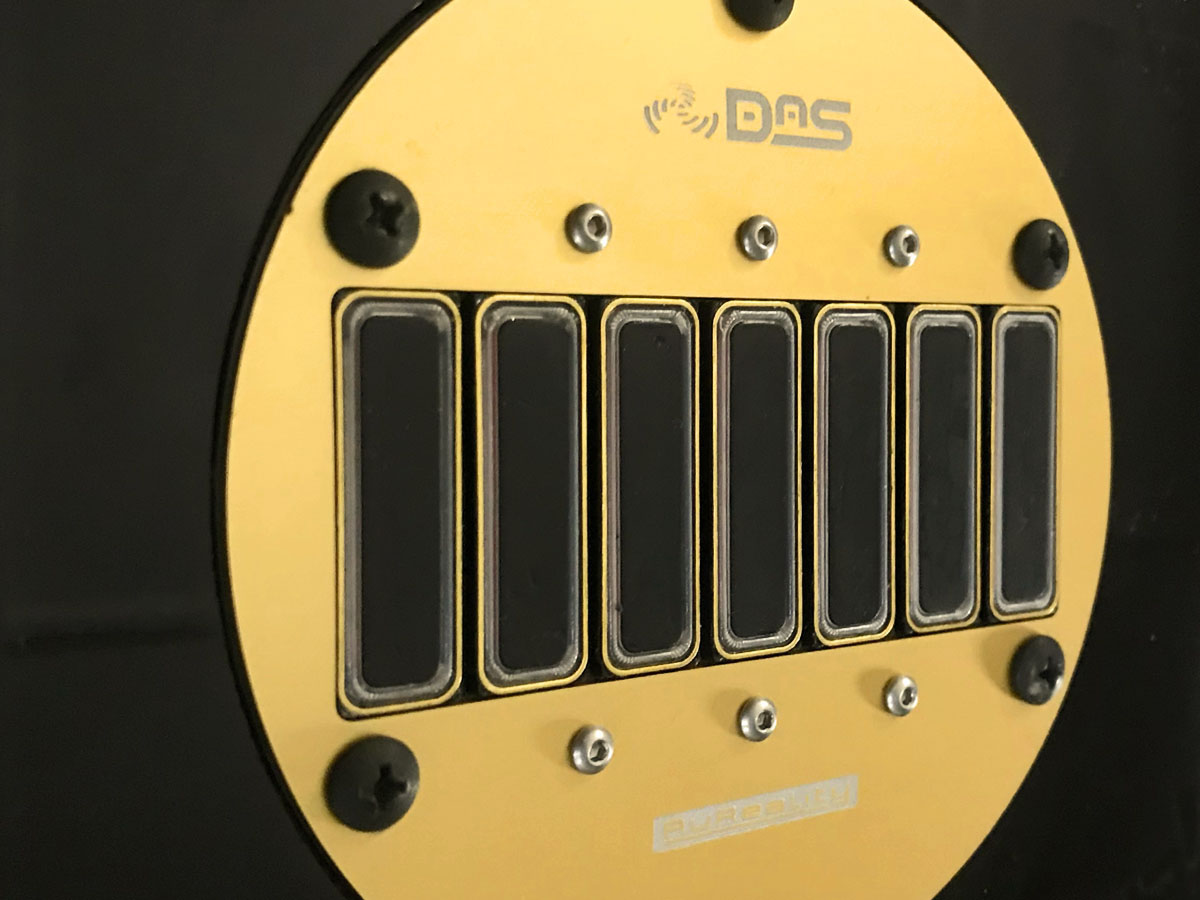I had enormous interest in the early days of the tech. I even bought a full set of drivers in 2009 for a DIY design I had in mind. Yes, I was excited.
But something was bugging me. I eventually realized what it was (duh, slow). The constant beamwidth is only in the vertical plane. In the horizontal plane, the beamwidth behaves just like a small 2-way turned on its side. NOT GOOD. There are good reasons why small 2-ways are designed to be used in the vertical position.
Once I realized this, I went a bit cold on the idea. I also reviewed all Keele's talks and papers to see how I missed the obvious, and you know what? It isn't very clearly stated at all, that the 'width' in the name is vertical. I think DBK is really talking to more educated professionals than typical self-taught hobbyists like me, and it probably never occurred to him how easily I (we?) could mis-read the word 'width'.
Of course with a single full-range driver for the line, instead of a separate tweeter, the horizontal interference issue is avoided, but then the CBT has horizontal dispersion the same as the single driver, ie narrowing (beaming) in the treble. That is still an issue for me.
JBL seem to have handled this conundrum best with their CBT 70J speaker, having the tweeter and woofer lines coaxial. But the 70J appears to have a lot of engineering development behind it, and I would rather just buy it than try to go a similar path with a DIY effort.
cheers

